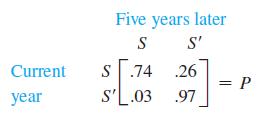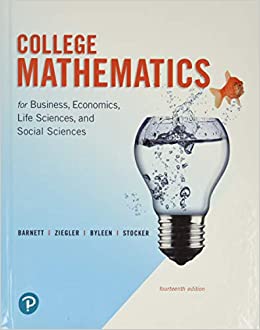Table 2 gives the percentage of U.S. adults who were smokers in the given year. The following
Question:
Table 2 gives the percentage of U.S. adults who were smokers in the given year.

The following transition matrix P is proposed as a model for the data, where S represents the population of U.S. adult smokers.

(A) Let S0 = [.301 .699], and find S1, S2, and S3. Compute the matrices exactly and then round entries to three decimal places.
(B) Construct a new table comparing the results from part (A) with the data in Table 2.
(C) According to this transition matrix, what percentage of the adult U.S. population will be smokers in the long run?
Fantastic news! We've Found the answer you've been seeking!
Step by Step Answer:
Related Book For 

College Mathematics For Business Economics, Life Sciences, And Social Sciences
ISBN: 978-0134674148
14th Edition
Authors: Raymond Barnett, Michael Ziegler, Karl Byleen, Christopher Stocker
Question Posted:





